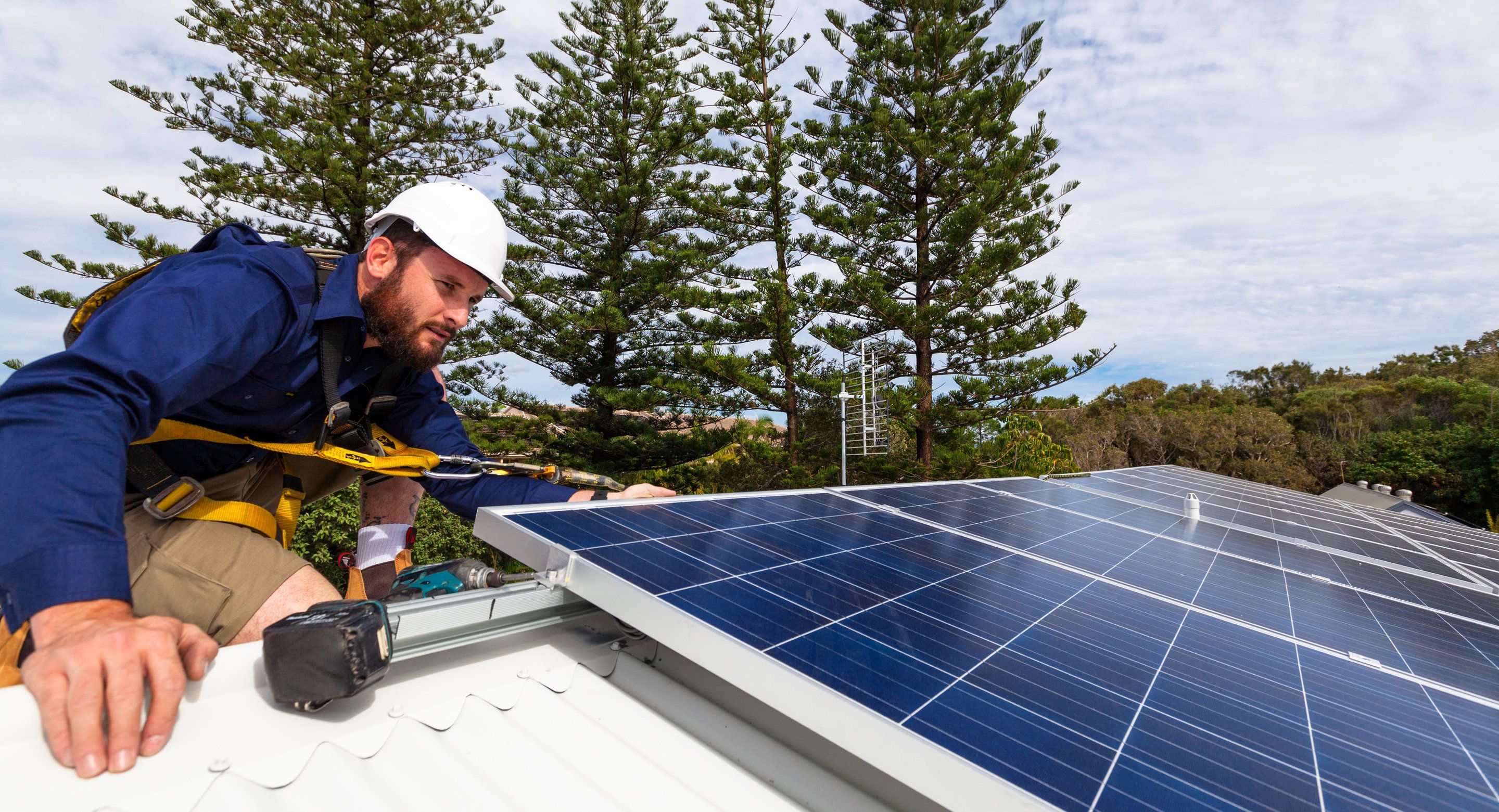Jul 31, 2018
Life Extension Is Not Selfish
Posted by Nicola Bagalà in categories: biotech/medical, life extension
A discussion about why life extension isn’t selfish.
The topic of life extension is much more debated these days than before. As a result, more people who are not in the field talk about it, and they don’t always do so in praising terms. Articles written by outsiders tend to be conservative at best and fear-mongering at worst, mainly focusing on the potential downsides of life-extending technologies without paying much attention, if any, to the benefits, as if there weren’t any to begin with.
One accusation that is often thrown at life extensionists is that they would be selfish for wanting to extend their lives. It is all too easy to say that all that life extensionists think about is their own benefit while disregarding the common good, but it’s not too difficult to see how this is entirely wrong.
















